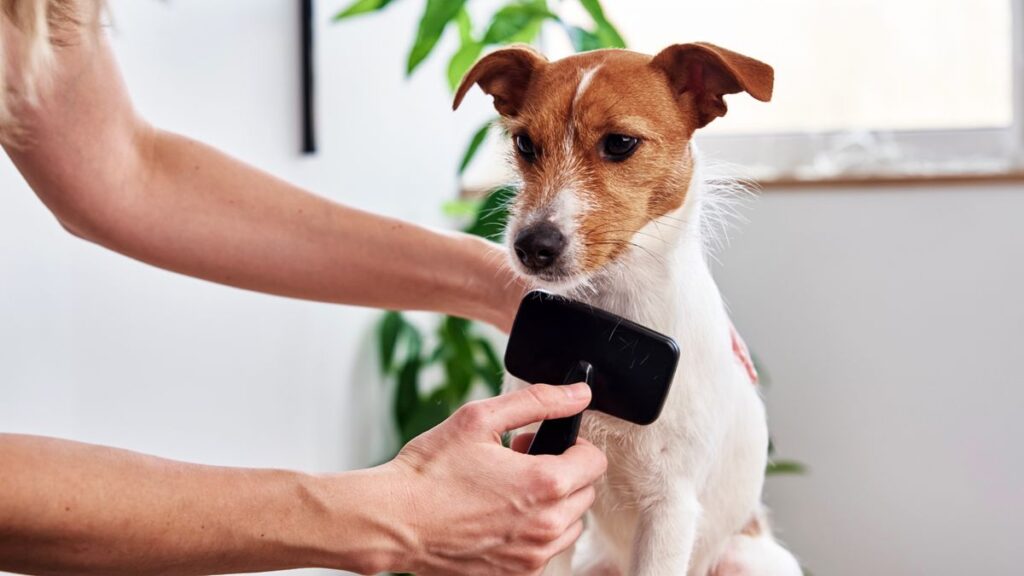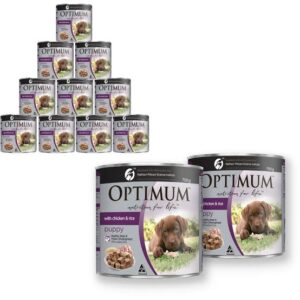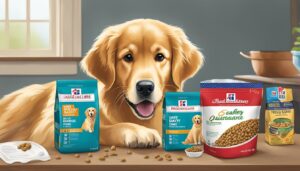Pin Brush For Dogs

Pin Brush For Dogs:- Dealing with dog hair everywhere? We get it—over time, it can become incredibly frustrating to see fur drifting around or to wrestle with stubborn knots while your dog tries to escape.
Pin Brushes
Pin Brush For Dogs, much like human hairbrushes, features straight pins with rounded or ball tips. They’re ideal for removing loose dirt, smoothing the coat, and stimulating natural oil production in the fur. Available in various sizes to suit different breeds, Pin Brush For Dogs comes in both round and oblong shapes. Round pin brushes cover more surface area efficiently, while oblong heads are perfect for detailed styling. Whether you have a puppy or a breed with longer fur, pinbrushes are a versatile and effective grooming tool.

Rake Brushes
If you’re familiar with the “Furminator” or other de-shedding tools, you’ve encountered a rake brush. Named for its resemblance to traditional metal rakes, this brush features two closely spaced rows of teeth designed to tackle tough knots and remove large amounts of loose fur.
Rake brushes are specifically suited for dogs with thick or double coats and are not recommended for short-haired breeds.
Slicker Brushes
Slicker brushes are excellent for dogs with long, thick coats. They have short, thin bristles arranged on a rectangular, flat head. If your dog has curly hair, a slicker brush is a must-have. It effectively manages curls without causing discomfort and helps prevent matting when used regularly.
For an optimal grooming experience, the Chris Christensen Wood Pin Brush is highly recommended. It excels at detangling, and preventing hair breakage, and is static-free, making it especially suitable for puppies.
Undercoat Rake
The undercoat rake resembles a pin brush but features fewer, longer pins. It’s specifically designed to penetrate deep into the dense double or heavy coats of dogs. For many shedding breeds, it efficiently removes dead and fuzzy undercoats in minutes, leaving the topcoat glossy and healthy. On harsh-coated dogs, it quickly and effortlessly achieves a hand-stripped appearance. Undercoat rakes are versatile and can be used on both wet and dry coats.

Bristle Brushes
Bristle brushes are typically crafted with soft, natural bristles, making them ideal for dogs with short coats. They excel at distributing natural oils and removing loose hair. Bristle brushes gently massage your dog’s skin while maintaining a shiny and clean coat.
How often should you brush your dog?
The ideal brushing frequency depends on your dog’s coat type. Short-haired breeds typically need brushing once a week, while long-haired dogs might require daily or even multiple brushings per day. Unsure about the best schedule for your dog? Consult your groomer for personalized advice, as each dog has unique grooming needs.
We know that brushing—whether with a brush, comb, or grooming glove—can sometimes be a challenging or less-than-favorite task. However, consider this as a special bonding opportunity with your pup. Use this time to shower your dog with affection, treats, and smiles, and you’ll not only keep their coat healthy and shiny but also strengthen your bond.
Why is Brushing Your Dog Important?
Distribution of Natural Oils
Just like human skin, a dog’s skin produces natural oils. If these oils aren’t evenly spread, they can lead to oil buildup, which may cause itchiness and skin infections. Brushing your dog helps distribute these oils evenly across their coat, while also providing a soothing massage that helps relieve stress.
Removes Ticks, Fleas, and Their Eggs
Daily brushing with a tick and flea comb is an effective way to manage and reduce ticks and fleas. This simple routine can help keep these pests under control and ensure your dog remains comfortable.
Prevents Mats, Knots, and Tangles
Regular brushing prevents the formation of knots and mats, which can trap dirt and debris. Left unchecked, these tangles can lead to itchiness and split ends. By brushing your dog consistently, you keep their coat smooth and free from unwanted mats and tangles.
Stress Relief
Using the right brush on your dog provides a soothing massage that helps alleviate stress and anxiety. Many dogs with separation anxiety benefit from special pin brushes, which help them feel calmer during moments of panic. Plus, who wouldn’t enjoy a relaxing massage on a dull Wednesday afternoon?
Reduces Shedding
Regular brushing can significantly cut down on shedding. By removing small amounts of old fur daily, there’s much less fur left behind during shedding season.
Prevents Dryness
Brushing helps distribute your dog’s natural oils, preventing dryness, flaky skin, and itchiness. This simple routine ensures that these beneficial oils reach every part of your dog’s coat.

Removes Old, Damaged Fur
Similar to de-shedding, brushing helps eliminate old, damaged fur, making space for new, healthier hair to grow.
How Long Should You Brush Your Dog?
The duration of brushing varies based on the dog’s coat type. Short-coated dogs typically need only a few minutes of brushing, while long-coated breeds might require up to 30 minutes per session. The goal is to brush until the coat is smooth and free of tangles and mats.
How to Choose the Right Pin Brush for Your Dog?
Grooming is a crucial part of caring for your furry friend, helping to keep their coat healthy and maintain a strong bond between you and your pet. A pin brush is an excellent tool for this task, specially designed to cater to different coat types. This guide will help you select the perfect pin brush to meet your dog’s unique grooming needs.
Coat Type
1. Short Coats: For dogs with short, smooth fur, a pin brush with soft, closely spaced pins is ideal. It gently removes loose hair and dirt while minimizing irritation.
2. Medium Coats: Dogs with medium-length fur benefit from a pin brush with medium-length pins. This type of brush is effective at detangling and removing mats without damaging the coat.
3. Long Coats: For long, thick fur, choose a pin brush with long, widely spaced pins. This design helps to penetrate through the dense coat and prevent matting.
Brush Size
The size of the pin brush should correspond to the size of your dog:
– Small Dogs/Puppies: Opt for a smaller brush for better control and ease of use.
– Large Dogs: A larger brush covers more surface area efficiently, making grooming quicker and more effective.
Ensure the brush fits comfortably in your hand to make the grooming process smooth and enjoyable for both you and your pet.
Also Read:-




